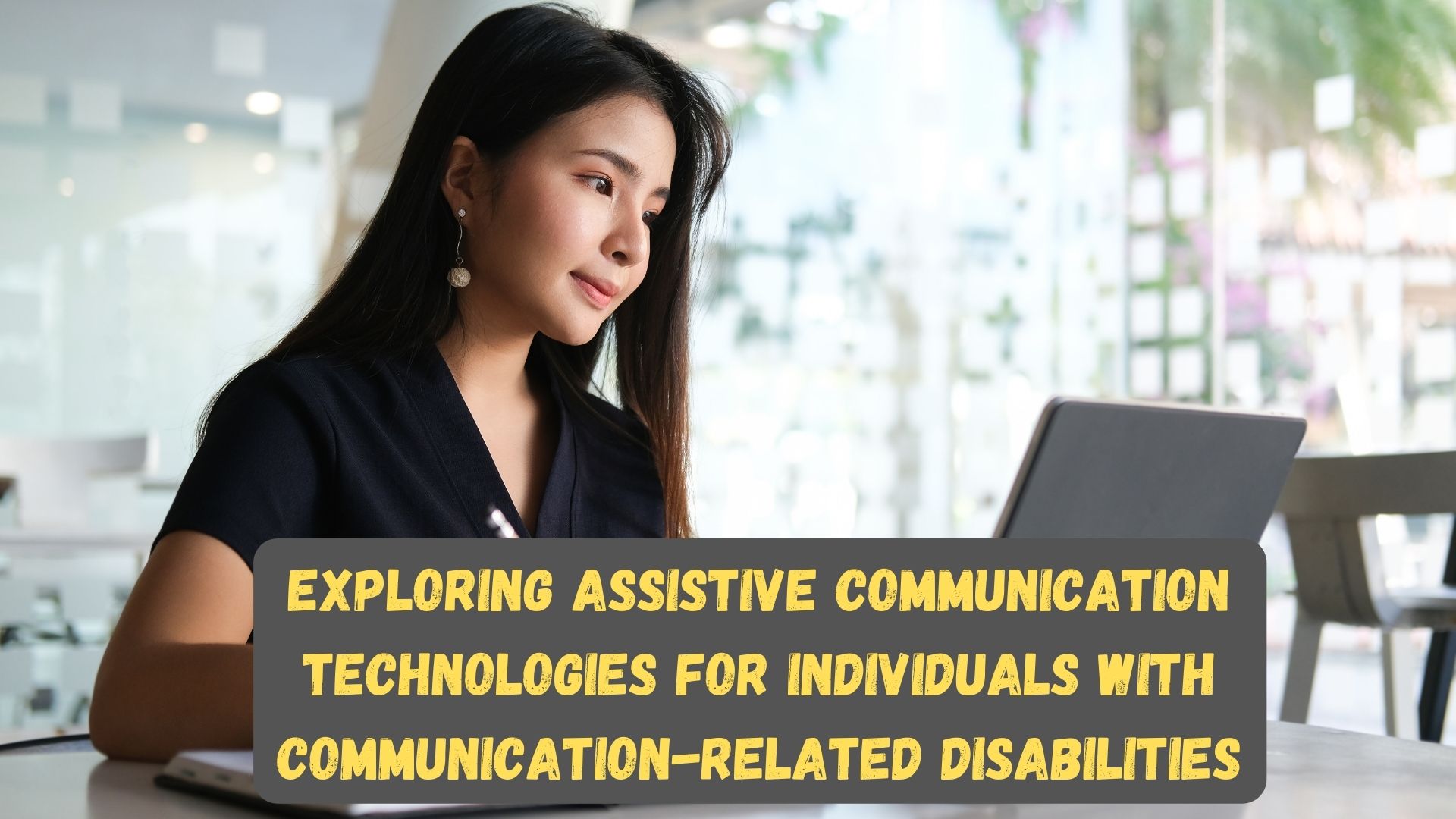In today’s increasingly interconnected world, communication is vital for personal and professional development. But for individuals with communication-related disabilities, engaging in even the simplest interactions can be a hurdle. Traditional methods can fall short in providing the necessary support. Fortunately, we live in an age where technology is rapidly advancing, opening new doors and avenues for these individuals to communicate more effectively. Assistive communication technologies have emerged as a lifeline, enabling people to convey their thoughts, needs, and emotions seamlessly.
In this blog post, we will delve into five types of assistive communication technologies that are changing the landscape for people with communication-related disabilities.
1. Augmentative And Alternative Communication (AAC) Devices
One of the most well-known forms of assistive technology in the field of communication is Augmentative and Alternative Communication (AAC). AAC devices are electronic systems that help individuals form and convey messages. These devices are particularly useful for people with severe speech impairments, including those who may have suffered a stroke, have cerebral palsy, or are living with conditions like autism.
It’s worth mentioning that investing in AAC devices can be costly, and they may require a long-term commitment to become proficient. Unum long term disability insurance offers coverage options that may help mitigate the financial burdens of these technologies, making it easier for individuals to integrate them into their daily lives.
2. Screen Readers
People with visual impairments face unique challenges when it comes to communication, especially in the digital realm.
Screen readers are a lifeline for them. These are software applications that convert digital text into synthesized speech. Thus, users can listen to written text, making it easier to engage with online resources, e-books, and emails.
3. Braille Technology
Traditional Braille has been around for centuries, but modern technology has given it a much-needed upgrade. Electronic Braille displays can be connected to computers, allowing users to read digital content in real-time.
These displays contain cells composed of pins that rise and fall to form Braille characters, making digital communication far more accessible for the visually impaired.
4. Voice Recognition Software
Voice recognition technology has been a game-changer for individuals who have mobility impairments that prevent them from using traditional keyboards or mice.
Software like Dragon NaturallySpeaking converts speech into text, providing a hands-free way to communicate and perform computer tasks. Such systems are often customizable, enabling users to tailor commands to their specific needs.
5. Eye-Tracking Devices
The advent of eye-tracking technology has been a boon for individuals who have extremely limited mobility, such as those with severe spinal cord injuries or conditions like ALS.
These devices track the movement of the eyes to control a cursor on a screen, enabling the user to type words, select options, or even speak through a synthesized voice. The technology has given a voice to those who otherwise would have been voiceless.
Conclusion
The landscape of assistive communication technologies is ever-evolving, and these five types barely scratch the surface. As technological advancements continue to accelerate, the hope is that even more innovative and user-friendly options will become available, further enhancing the quality of life for individuals with communication-related disabilities.
Whether you are a caregiver, a medical professional, or someone who personally experiences communication challenges, exploring these technologies can open up a world of possibilities. With the right technology and support, everyone should be able to have their voice heard.

